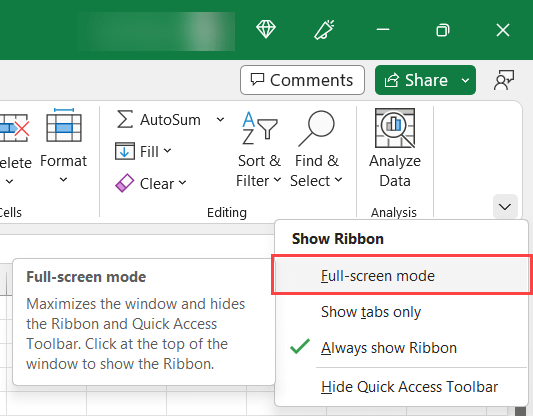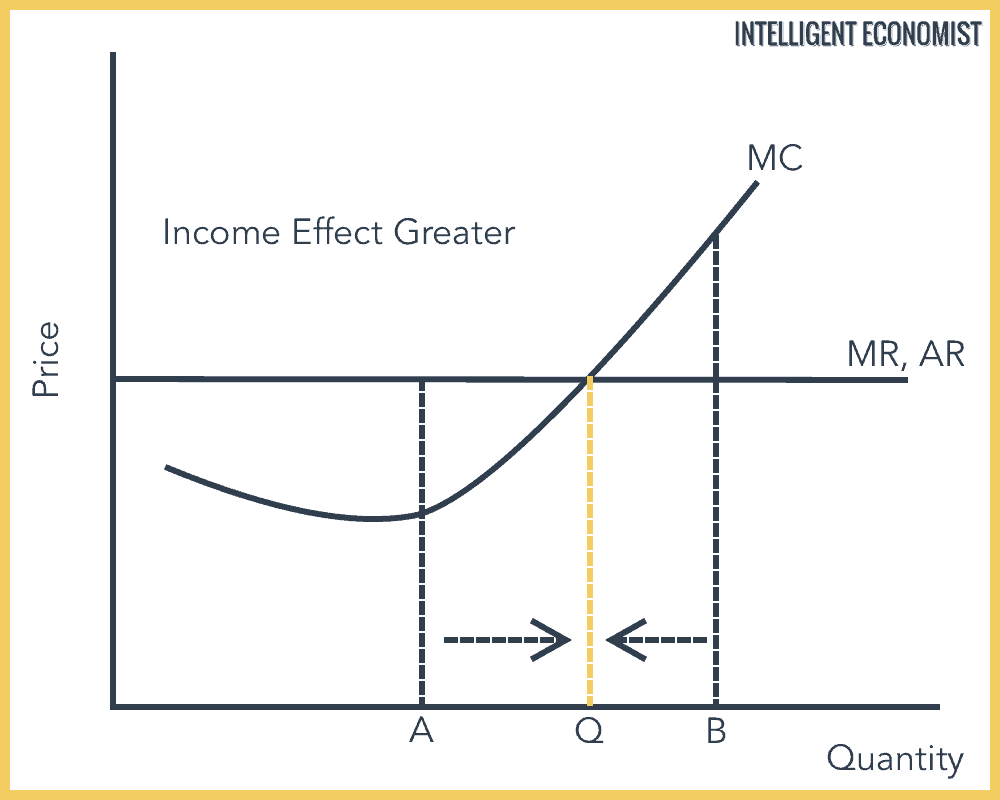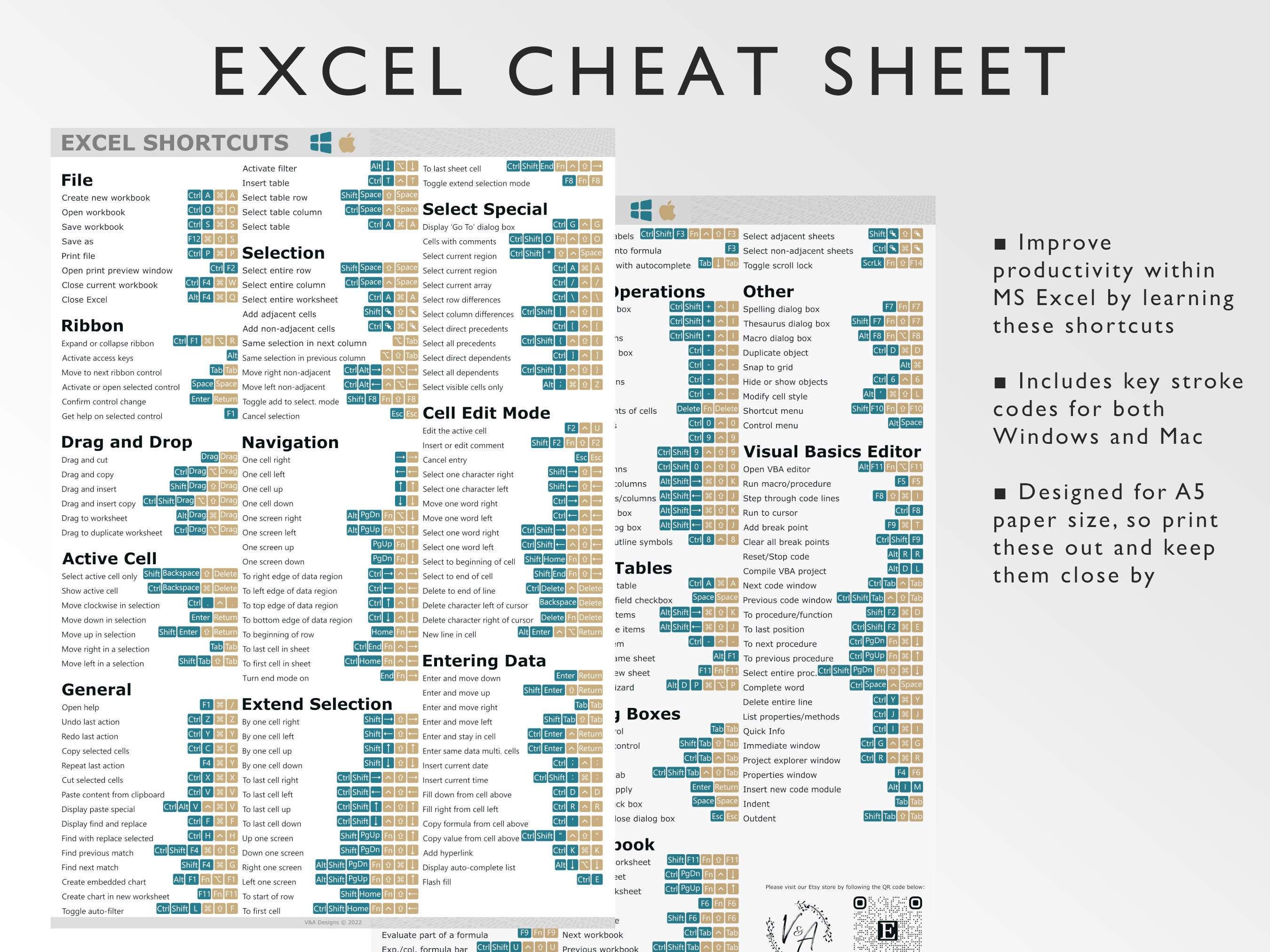Maximize Your Excel View: Full Screen Shortcut

Excel is a powerful tool that businesses and individuals rely on for data analysis, financial modeling, and report generation. However, the standard interface can sometimes feel cluttered, especially when working with large datasets or complex spreadsheets. One way to enhance your Excel experience and maximize your screen real estate is by utilizing the full-screen shortcut. In this article, we will explore the benefits of going full screen in Excel, how to enable this mode, and some tips to make the most of this feature.
The Benefits of Full-Screen Mode in Excel

Working in full-screen mode offers several advantages that can significantly improve your productivity and the overall Excel experience.
- Maximized Workspace: Full-screen mode removes all the unnecessary toolbars, ribbons, and menus, giving you a clutter-free workspace. This increased visibility is especially beneficial when working with wide spreadsheets or when you need to focus on a specific section of your data.
- Enhanced Data Visualization: With a larger viewing area, you can better appreciate the visual elements of your spreadsheet, such as charts, graphs, and conditional formatting. This is crucial for data analysis and presentation, allowing you to spot trends and patterns more easily.
- Improved Focus: By eliminating distractions, full-screen mode helps you concentrate on the task at hand. This feature is particularly useful when you need to perform complex calculations, create macros, or design intricate formulas without interruptions.
- Simplified Navigation: In full-screen mode, you can use your keyboard shortcuts more efficiently, as there are no ribbon tabs or command buttons to clutter the screen. This streamlined navigation can speed up your workflow and make you more proficient in Excel.
Enabling Full-Screen Mode in Excel

Activating full-screen mode in Excel is straightforward and can be done in just a few clicks. Follow these simple steps:
- Open your Excel workbook.
- Click on the View tab in the ribbon.
- In the Workbook Views group, click on the Full Screen button, which looks like a square with an arrow pointing outwards.
- Alternatively, you can use the keyboard shortcut Ctrl + Alt + F to toggle full-screen mode on and off.
Once you’re in full-screen mode, you’ll notice that the ribbon and all the navigation elements are hidden. To bring them back temporarily, simply hover your mouse cursor near the top of the screen, and the ribbon will reappear. This feature allows you to access the ribbon’s commands when needed without permanently cluttering your workspace.
Tips for an Optimal Full-Screen Experience
To make the most of your full-screen journey in Excel, consider these additional tips and tricks:
Customizing Quick Access Toolbar
You can customize the Quick Access Toolbar to include your most frequently used commands. This toolbar remains visible even in full-screen mode, providing quick access to essential tools without having to bring back the ribbon.
Keyboard Shortcuts
Excel offers a vast array of keyboard shortcuts that can significantly speed up your work. Familiarize yourself with these shortcuts to navigate, edit, and format your spreadsheet efficiently. Some essential shortcuts include Ctrl + Z for undo, Ctrl + S for save, and Ctrl + Enter to apply changes to an entire selected range.
Freeze Panes and Split Views
To keep important rows or columns visible as you scroll through your data, use the Freeze Panes feature. Additionally, the Split feature allows you to view different sections of your spreadsheet simultaneously, which can be particularly useful when comparing data.
Custom Views
Excel allows you to save custom views for your spreadsheet. This feature is handy when you need to switch between different layouts or data sets. You can quickly switch to a specific view by selecting it from the View tab, making it easier to present or analyze different aspects of your data.
Performance Considerations
While full-screen mode can enhance your Excel experience, it’s essential to consider the potential impact on performance. With more data visible on the screen, Excel may need to work harder to render and update the display, especially with large or complex spreadsheets. Ensure your system meets the recommended hardware requirements for Excel to ensure optimal performance.
Conclusion

Full-screen mode in Excel is a powerful feature that can revolutionize the way you work with spreadsheets. By maximizing your workspace, improving data visualization, and simplifying navigation, you can enhance your productivity and efficiency. Remember to customize your Quick Access Toolbar, master keyboard shortcuts, and utilize features like Freeze Panes and Split Views to get the most out of your full-screen experience. Embrace the clutter-free environment, and let your data analysis and reporting soar to new heights.
How do I exit full-screen mode in Excel?
+To exit full-screen mode, simply press the Esc key on your keyboard or click the Restore Down button in the top-right corner of the Excel window.
Can I customize the Quick Access Toolbar in full-screen mode?
+Yes, you can customize the Quick Access Toolbar even in full-screen mode. Right-click on the toolbar and select Customize Quick Access Toolbar to add or remove commands.
Is full-screen mode available in all versions of Excel?
+Full-screen mode is available in most modern versions of Excel, including Excel 2016, 2019, and Excel for Microsoft 365. However, the exact interface and features may vary slightly between different versions.



